COMMON MISTAKES IN SHRIMP FARM DESIGN IN 2023
1. Inadequate Water Source:
A serious mistake in shrimp farm construction is neglecting the water source, especially when near industrial areas or polluted water sources. Such locations can pose difficulties in shrimp farming, as they require a clean water environment. Even with filtration systems or chemical treatments, choosing such places still carries a high risk in aquaculture.
Water sources with inadequate biochemical indices also create challenges and increase costs in shrimp farming. Choosing locations with an ideal water source—high alkalinity, rich in dissolved oxygen, stable salinity, and low heavy metal content such as iron (Fe), zinc (Zn), lead (Pb)—supports shrimp production conveniently and cost-effectively.
Figure 1: Water source contaminated with alum
2. Inconvenient Transportation:
When selecting shrimp farming locations, many focus on clean water sources but overlook the need for convenient transportation routes to the farm. Roads leading to the farm should be wide enough to accommodate trucks, at least 5 tons, and internal farm roads should be spacious for easy movement, feed delivery, and product
management.
Figure 2: Internal road in a shrimp farm
3. Unstable Power Supply:
In industrial-scale shrimp farming, high electricity consumption for continuous pond operation day and night is inevitable. If the farm has an unreliable power supply, it can lead to inefficient operations, financial waste, and potential health issues for shrimp.
4. Non-compliance with Zoning Regulations:
Adhering to state planning regulations is crucial for long-term production assurance and avoiding legal issues. Choosing locations prioritized by the government ensures stable business environments and production support.
5. Inappropriate Pond Size
Lack of initial design knowledge sometimes leads to farms constructing too many grow-out ponds, neglecting the importance of water storage ponds and water treatment systems. Proper calculation is vital to ensure adequate or even surplus water storage compared to the grow-out pond scale. Creating specialized water filtration systems or treatment ponds helps maintain clean water in the grow-out pond, avoiding regrettable incidents during shrimp farming.
6. Non-compliant Wastewater Ponds:
Planning and constructing wastewater treatment systems are sometimes overlooked, especially by inexperienced individuals. Inadequate treatment can lead to foul odors due to organic excess in the wastewater, posing risks to both the farm and the natural environment. The risk also exists for natural environments if wastewater is not treated.
Figure 3: Wastewater system treatment using water treatment robot (ultrasonic electrochemistry).
7. Faulty Pond Infrastructure:
Proper design of drain valves and water discharge pipes is crucial for water exchange in shrimp farming. Careful consideration is needed for selecting suitable water pumps and pipes to ensure efficient water exchange during shrimp farming. Constructing ponds that are too deep or too shallow both have their disadvantages. An ideal pond depth typically ranges from 1.2m to 1.5m. The pond bottom should be designed flat and smooth, avoiding roughness to facilitate production processes, especially when using paddlewheel aerators to clean shrimp waste.
Figure 4: The roof-top shrimp farming system is gradually becoming popular and effective.
AQUA MINA CO. LTD
Address: 685 Highway 1A, Quarter 4, Binh Hung Hoa Ward, Binh Tan District, Ho Chi Minh City.
Website: aquamina.com.vn
Hotline: 1800 6071 (toll-free)
Email: sales@aquamina.com.vn or oversea@aquamina.com.vn
WE WORK FOR YOUR SUCCESS!!!








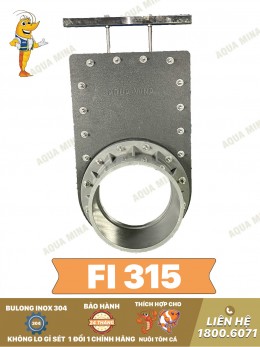
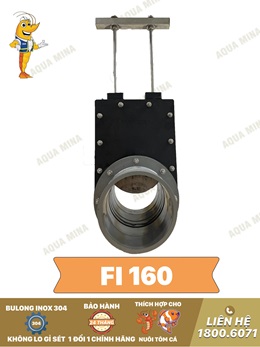

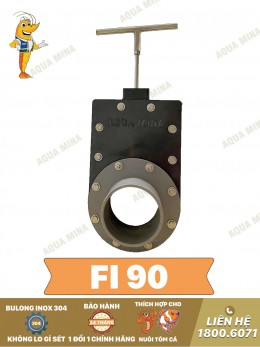
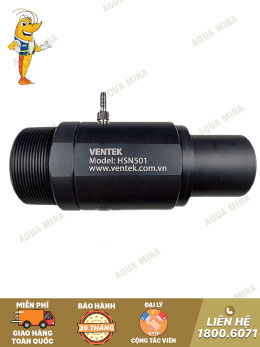
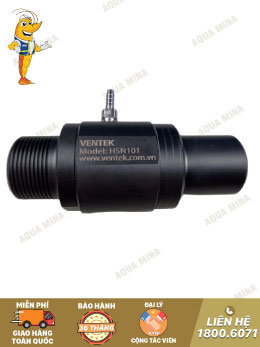

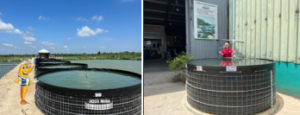
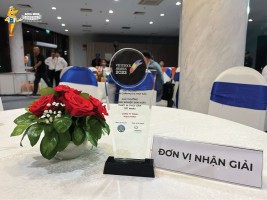
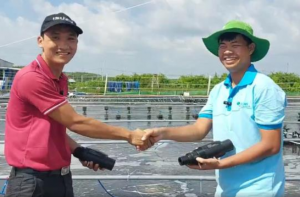
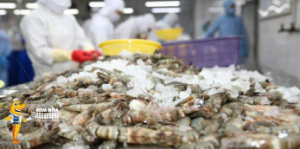
.jpg)